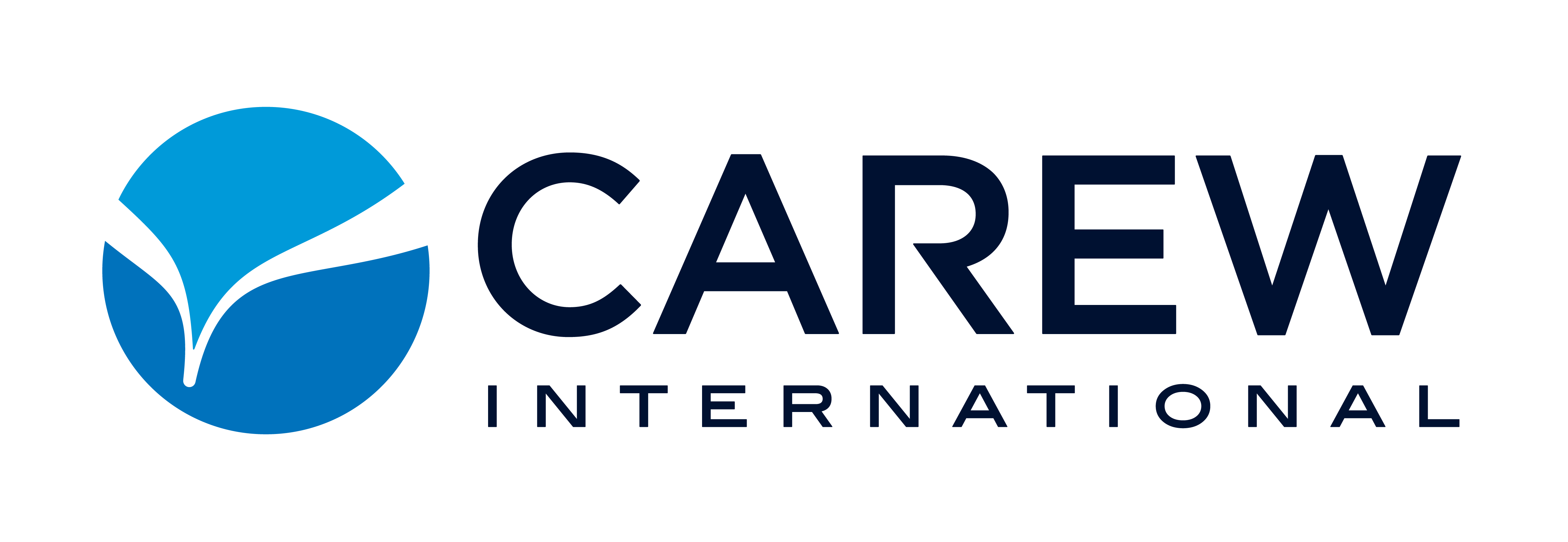Control the Desire to Ask Too Much, Too Quickly
At Carew, we often talk about the importance of information gathering to understand a customer’s needs, motivations, and challenges. Strong exploratory skills and an intentional exploratory process are essential to diagnosing business gaps and providing valued solutions to our customers. But to get the most out of the Exploratory Process, sales professionals must consider the volume and pacing of their questions. For example, asking too many questions, or asking them in rapid succession, will make the customer feel like they are in an interrogation versus a genuine conversation about their business. This compromises the quality of the discussion and limits the customer’s ability to think out loud, which is the goal of the Exploratory Process. Additionally, asking too many questions can inhibit the quality of information you get from your customer(think a mile wide but an inch deep regarding their needs, motivations, and challenges).
Exploratory Questions Call for Exploratory Answers
It is not enough for sales professionals to ask questions; we must also allow the customer or prospect enough time to answer thoughtfully, which sounds easy, but it’s not. Often, sales professionals will ask a great open-ended question. But instead of waiting for a response, they continue to ask questions, or try and explain the question with more questions without letting the customer answer the first (and usually most important) question. Here’s a good example: “What color marker do you want? Do you want red? Or green? Or black? Or blue?” The most important question was the first one asked, “What color marker do you want?” Sales professionals must refrain from continuing to talk and let the silence do its precious work! It’s the only way to learn that the customer wants a purple marker.
Consider these additional five tips for the best results when asking open-ended questions:
- Start questions with How, What, or Where.
- Ask questions to understand, not to sell. Instead of “What are your goals as it relates to *insert industry/product/service*?”just ask, “What are your goals?”
- Phrase questions such that the customer knows you are trying to help, not in a manipulative way that leads them to your solution. For example, rather than, “Wouldn’t you agree that every organization should be thinking about how to improve *insert your solution’s benefits*?”, instead ask, “What plans or upcoming improvements are you looking to implement?”
- Customer “answers” will likely not be facts, but insights that reveal improvements the person is working to achieve. Make sure you are listening to what their answers are, and instead of thinking about how you can respond, think about what follow-up question you could ask that may help uncover more valuable information.
- Questions should encourage a pause and thought, allowing the customer to respond, not react, to your question. Also, allow your customer a few seconds of silence when they finish talking. Sometimes they could be collecting their thoughts and could unveil more information you wouldn’t get if you were to interrupt them.
We must always approach customer interaction, including exploratory questions, from the customer’s perspective. Questions must feel genuine and come from a place of credibility for your customer to let their guard down and speak their mind. To the degree that customers welcome a sales professional asking questions to understand their needs better, they also appreciate being allowed the time and opportunity to consider the question and respond thoughtfully. And that aligns perfectly with the sales professional’s need for thoughtful customer insight.

